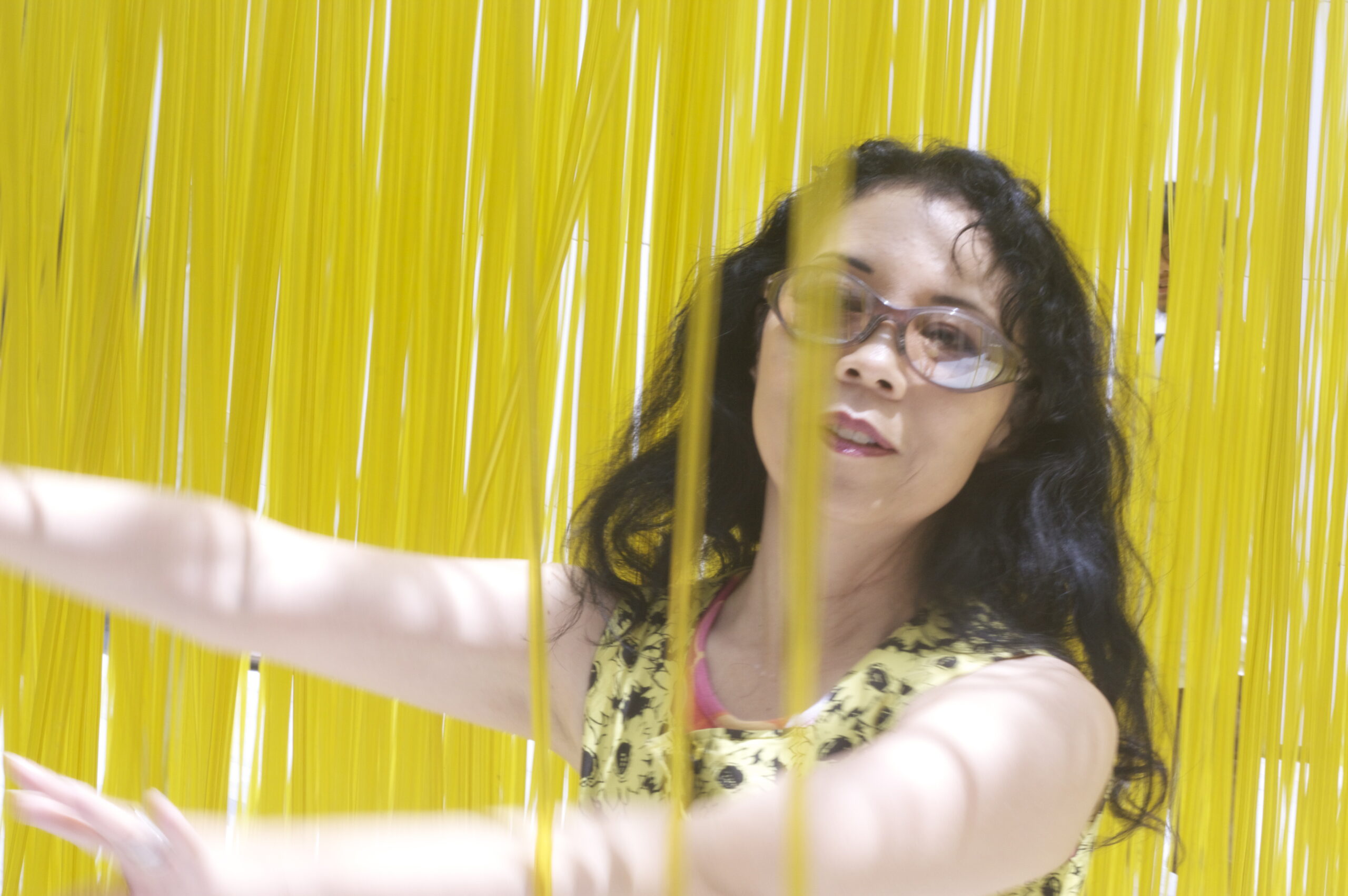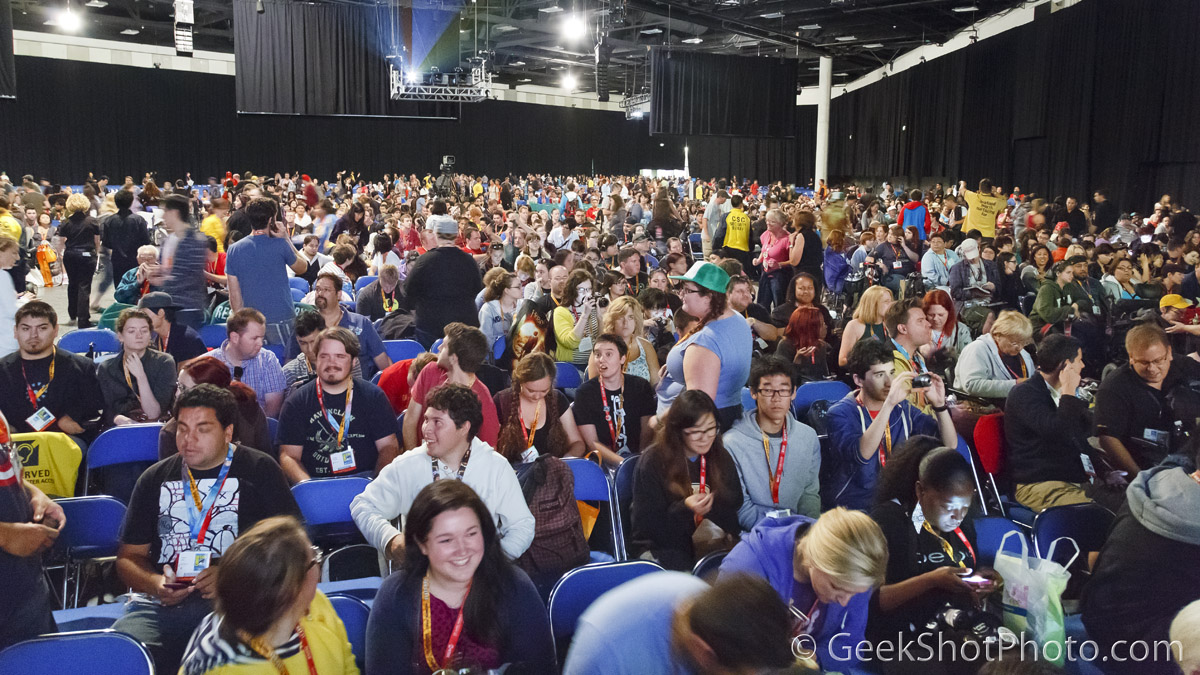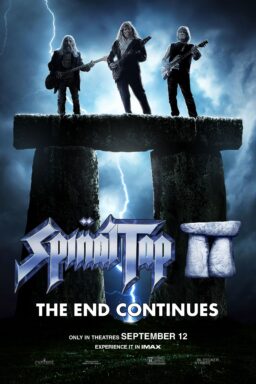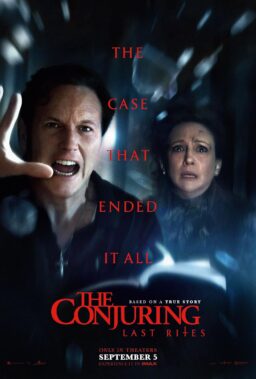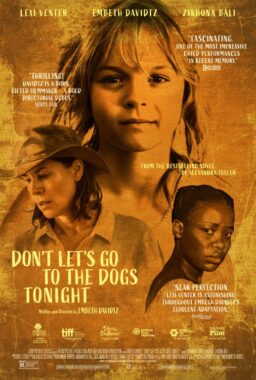Growling and grumblings amongst the costumed and uncostumed crowd at this year’s San Diego Comic-Con seemed to suggest trouble this way comes. After the exhibition hall closed on Sunday, one woman was overheard proclaiming that San Diego Comic-Con was dead and people were trying to make it rise again like a phoenix.
The annual celebration of pop culture began ominously with the dreaded unmoving long lines, but not at the legendary Hall H. Previously, professionals, press and general admission had separate entries. This year, the field of fans was leveled: All entered through two doors. Yes, only two. You had to wait to get into the San Diego Convention Center to get into another line somewhere inside. Thursday’s line took almost an hour and that’s the lightest day at SDCC.
That wait is nothing compared to the wait for Hall H’s Saturday programs. People began camping out on Thursday. Hall H has a capacity for about 6,000 people. Since 2014, Comic-Con International has issued line wristbands to ensure that those lining up early can get in, but the campers can also get a good night’s sleep the night before. Standing in line for Hall H on Sunday, I heard that this system had failed hundreds of Hall H hopefuls. The news had spread on Twitter and Reddit. Reports vary, but somewhere between 400-500 people with counterfeit wristbands got into the Warner Bros. and Marvel Studios presentations. Vice President Eddie Ibrahim was recorded promising free SDCC 2018 four-day passes for the disappointed.
No doubt that left those Hall H die-hards happy (I heard them cheer as I was passing the line on my way to a press event), but for the rest of the SDCC attendees, the news will more likely produce a collective sigh of resignation. That’s 400 fewer four-day passes for rest of the attendees who face the torture chamber of the computerized lottery. (A request for more information from SDCC had not be returned at time of publication.)
You can get into Hall H, usually on Sunday after a one-to-two hour wait for the afternoon programs. Even when the hall is supposedly full, there still might be rows of reserved seats that are never filled. There were on Sunday. Thursday afternoon was another light day for Hall H.
The counterfeiting, however, was likely not the only reason for people were sounding the death knell for SDCC. According to my source, the exhibition wasn’t as crowded as last year and people who stand in line for Hall H can hardly be expected to be racing around buying exclusives (unless they have paid for their own professional line waiters and yes, I’ve heard of some such substitutions). Although SDCC had sold-out, the retailers weren’t having the phenomenal sales they expected. One retailer on his way in to work Sunday commented that it was like a normal “con,” but for SDCC one expects better sales.
The economics of San Diego Comic-Con is more complicated than this single weekend. Comic-Con International also organizes Wondercon in Anaheim in the spring (March 31 to April 2 in 2017). Long Beach has two comic conventions—one in the winter and one in the fall. What had been Stan Lee’s Comikaze is now Los Angeles Comic-Con on Halloween weekend. Each has been growing in size, but none of them attracts the kind of movie studio and community involvement as SDCC.
Wondercon had previously had a studio presence with some exclusives (e.g. Dreamworks “How to Train Your Dragon”), but this last one was more devoted to comic books and artists. The biggest display was by a non-profit organization, the Hollywood Science Fiction Museum which brought a TOS Star Trekbridge set with two mannikins (Spock and Doctor McCoy). Although “Wonder Woman” was coming out soon after Wondercon, there was no big studio push to reach fans at Wondercon.
The Long Beach Comic Con had a Nathan Fillion-Alan Tudyk centric set of panels in 2016 that overwhelmed the organizers who did not plan enough time to clear the rooms. (Always check the scheduling because despite organizer claims, you still need time to move bodies and 10-15 minutes will not suffice for popular back-to-back popular panels.) Long Beach tends to be more low-key, but often has a terrific display of movie or TV cars or replicas. You can easily walk in and talk to your favorite artists or discover new ones.
Long Beach, Los Angeles and Wondercon were all in place last year but one major Southern California event immediately preceded SDCC was not: D23 Expo. The Disney D23 Expo held biennially in Anaheim and used to draw smaller crowds when it was just Disney when it began in 2009. The first was held in September. Marvel and Lucasfilm first appeared in 2013. D23 Expo now attracts much larger crowds and the overlap between SDCC and D23 Expo fandom has grown. D23 Expo is usually held at least a month after SDCC. This year, D23 Expo was held the weekend before—three days of exclusives and celebrity appearances in a much more family-friendly atmosphere.
While SDCC sells out well before July, D23 Expo didn’t sell out until the end of the first day (Friday, July 14). SDCC crowds can be mean and even offensive. The San Diego Union Tribune reported that one woman tearfully noted that fellow audience members in Hall H complained about ADA people seated on their motorized or wheelchairs were blocking their view to the stage: “I’ve been disabled for a very long time. But after eight-plus hours of people talking crap about me, it made me want to cry.” SDCC has never claimed to be the happiest place on earth.
Attending both means neglecting a lot of things and incurring extra expenses. Some retailers also made choices between D23 Expo and SDCC. Insight Editions had a wonderful Disney Princess pop-up book, but opted for SDCC with a larger booth than previously. A local merchant at the Bayside Hilton noted there seemed to be less people in Cosplay. That was my observation on the train ride in each morning, too. Was that the Disney D23 Expo factor?
SDCC may not be dying so much as evolving. Next year, when there will be no D23 Expo, may be a better measure of the state of health of SDCC. SDCC has contracted to stay in San Diego until 2021.
